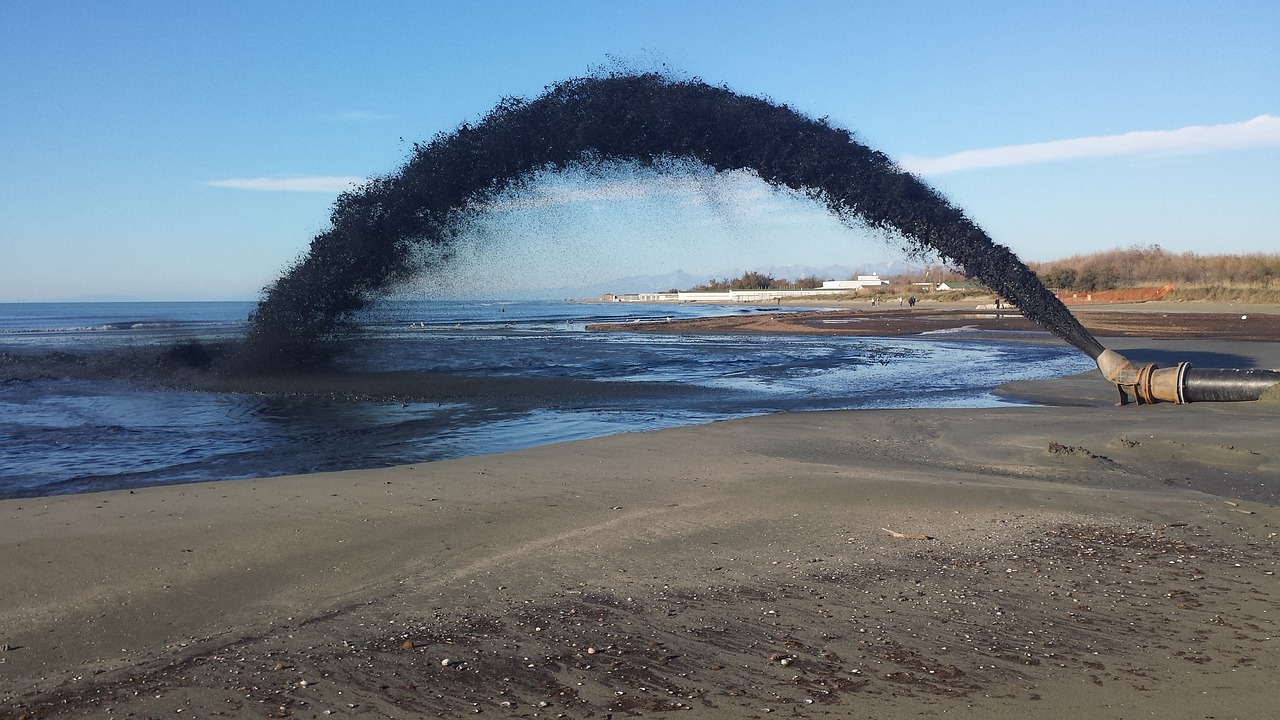Sedimentation is a process that occurs naturally in waterways. It is the result of sand, silt and other debris settling along the bottom of the body of water. Over time this build-up can lead to problems for the waterway. If the waterway is used for travel, the sediment creates issues by reducing the depth of the water. Depending on the type of sediment accumulating, it can also create problems for the plants and animals that live in the water. In areas along the coast, a buildup of sediment can lead to beach erosion.
There are ways to deal with sediment buildup. This is often necessary to keep lakes, ponds and streams healthy. Dredging is a method that efficiently removes sediment and keeps waterways in good health. If you believe your waterways are suffering from a buildup of sediment, you may be interested in a Watermaster dredger for sale. This piece of equipment makes quick work of sediment buildup.
A dredge does not simply stir the sediment around and redistribute it into the waterway. Instead, it allows you to easily clear out sediment and then transport it to another location. With that in mind, it is important to have a location to haul sediment before you begin cleaning waterways.
What to Look For in a Dredge
When selecting a dredge for working in shallow waterways, there are several things you should look for. You want a dredge that covers the entire depth of water, not just the bottom. You also should look for one that can move independently as well as anchor in areas as needed. For the best results, select a dredge that is multipurpose, and allows you to rake, excavate, dredge and use it as a pile-driver. To ensure you can access all areas of your waterways, choose a dredger that works both in the water and on land. Finally, make sure that the dredger you select is self-propelled and stable.




